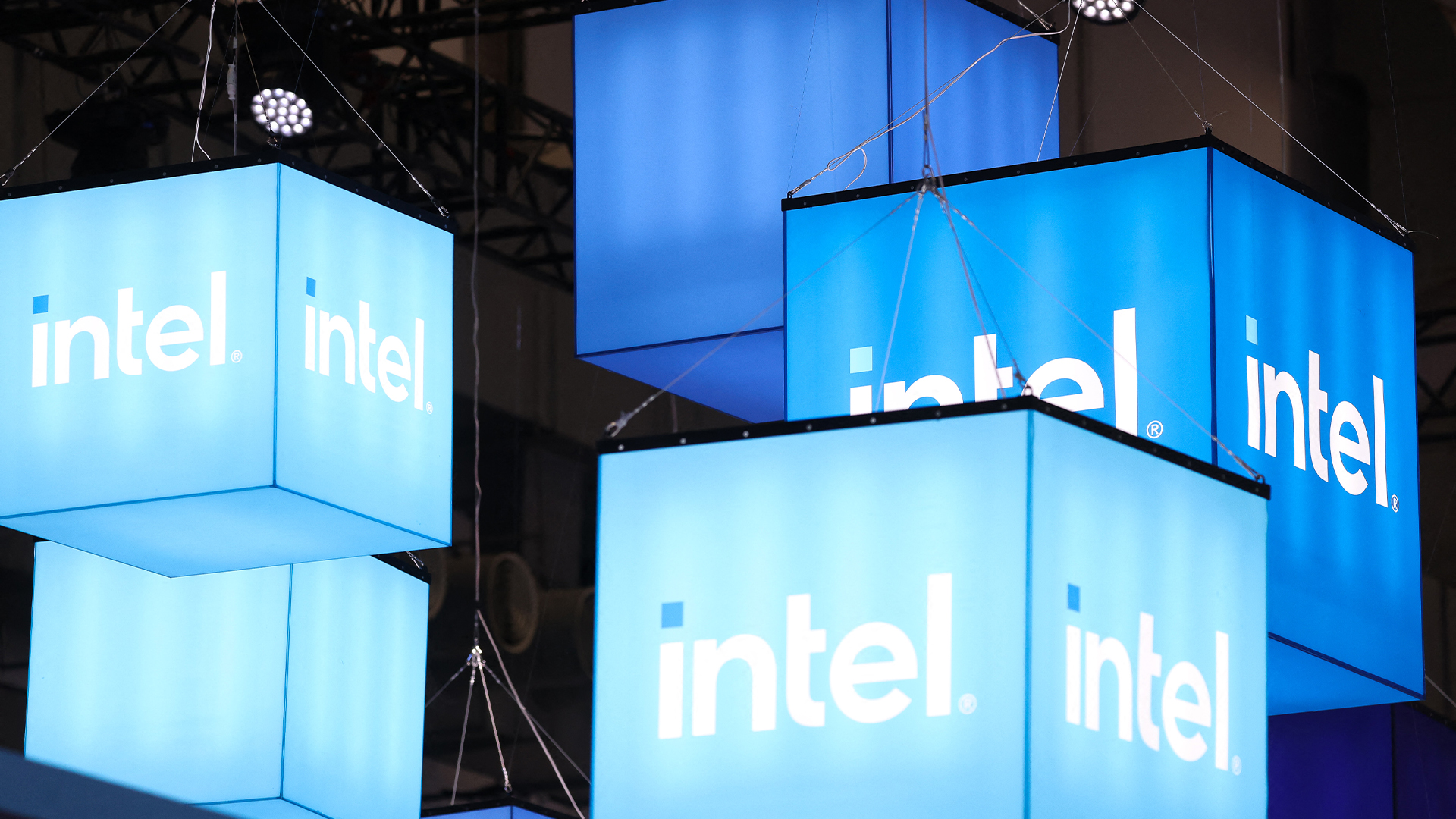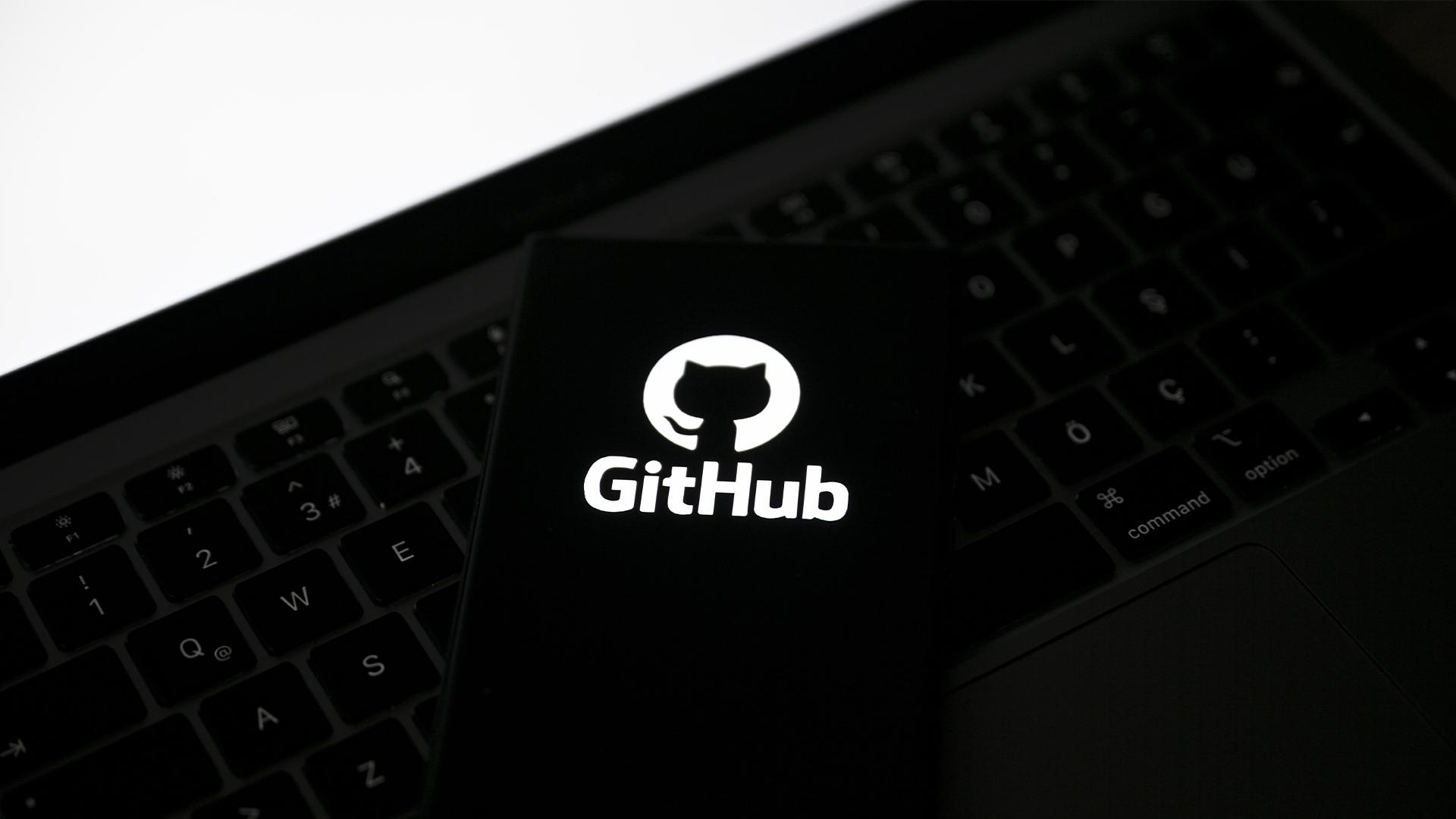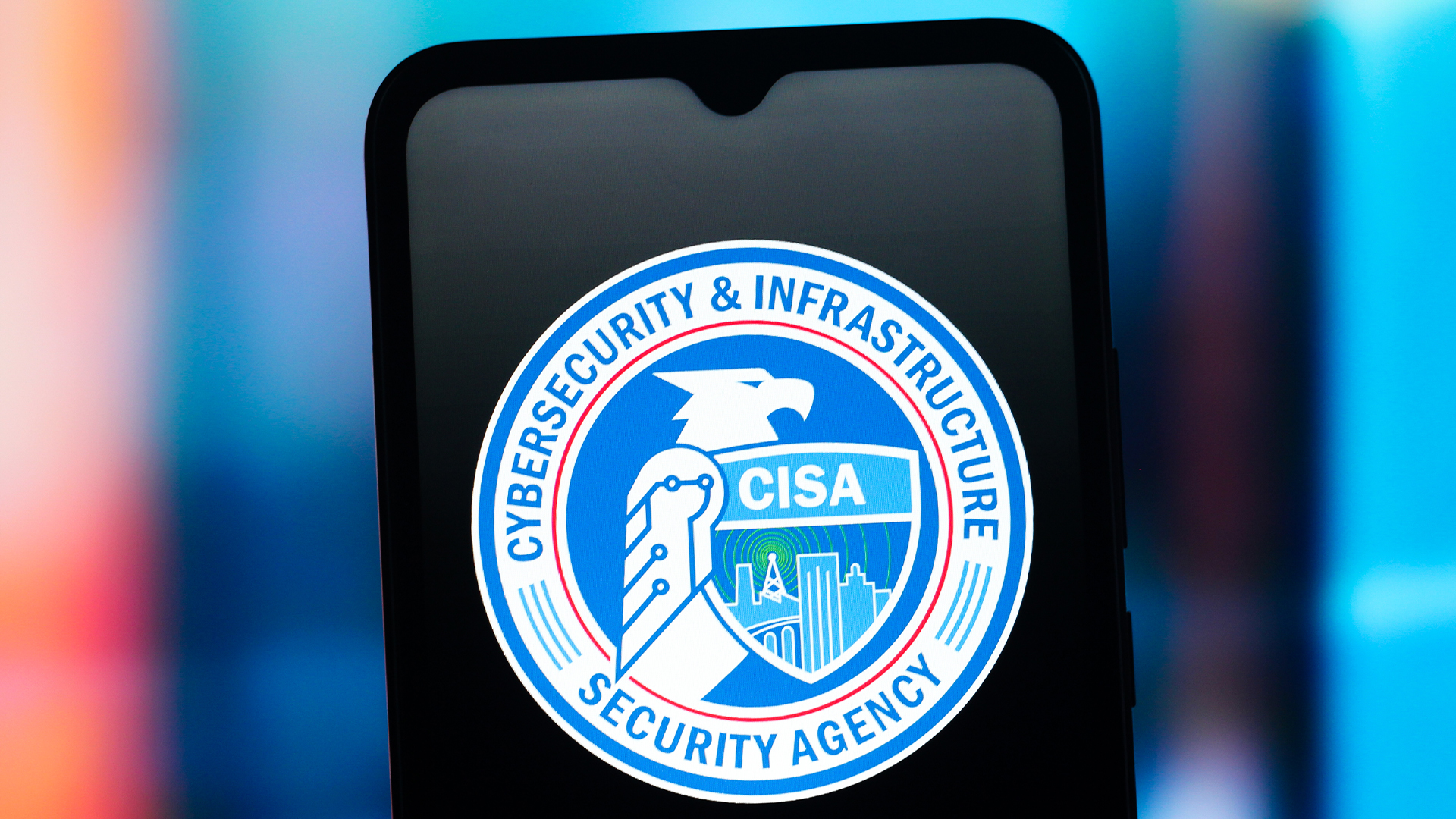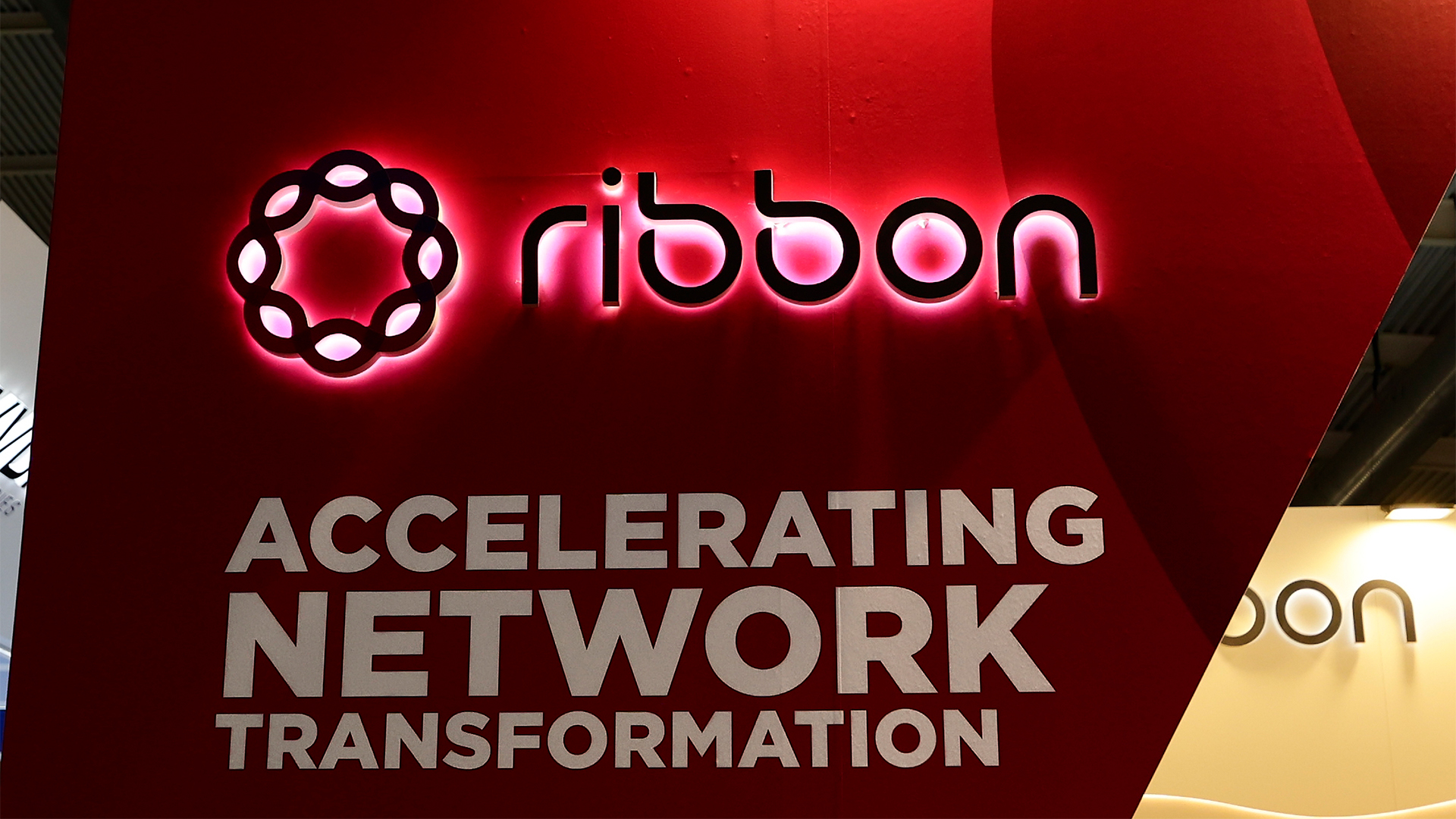IBM AIX users urged to patch immediately as researchers sound alarm on critical flaws
Network administrators should patch the four IBM AIX flaws as soon as possible


IBM has issued patches for four major flaws in IBM AIX and VIOS that allow a remote, unprivileged attacker to achieve arbitrary command execution on an exposed IBM Network Installation Manager (NIM).
The four vulnerabilities, tracked as CVE‑2025‑36250, CVE‑2025‑36251, CVE‑2025‑36236, and CVE‑2025‑36096, affect IBM AIX 7.2 and 7.3 as well as IBM VIOS 3.1 and 4.1 environments, with three of the four receiving a critical CVSS score.
All four flaws allow an attacker to 'hijack' unattended operating system installations and updates to deploy malicious payloads onto AIX hosts, move laterally, and persist in broader environments, according to an advisory from Mondoo.
Stay ahead of cyber risks with the NordStellar threat intelligence platform.
<p><a href="https://go.nordstellar.net/aff_c?offer_id=927&aff_id=3013" target="_blank">Black Friday offer! Illuminate the dark web with the code BLACKFRIDAY20 and get 20% off“These four vulnerabilities on IBM AIX present a very serious threat because they allow a remote attacker with no privileges to perform arbitrary commands on an IBM Network Installation Manager (NIM) that’s exposed to the internet (which NIM servers typically are)," said Patrick Münch, Mondoo CSO.
"This means that they could 'hijack' unattended operating system installations and updates to deploy malicious payloads onto AIX hosts, move laterally, and persist in the broader environment."
How the IBM flaws work
CVE-2025-36250 carries a 10.0 CVSS score and affects the NIM service by allowing remote arbitrary command execution through improper process controls.
Researchers warned that an attacker could run commands of their choosing on the target AIX or VIOS system, gain full system control, install malware, create backdoors, move laterally and potentially pivot from the compromised system into other parts of the network.
Sign up today and you will receive a free copy of our Future Focus 2025 report - the leading guidance on AI, cybersecurity and other IT challenges as per 700+ senior executives
Similarly, CVE‑2025‑36251 allows remote arbitrary command execution through improper process controls, affecting the SSL/TLS implementation in the NIM service.
With a critical CVSS score of 9.6, it could be used by a remote attacker to execute commands on the system, potentially without authentication. This could lead to a compromise of system integrity, data loss, or service disruption.
CVE‑2025‑36236, meanwhile, is a path-traversal vulnerability in the NIM service, allowing a remote attacker to send a specially crafted URL request to traverse directories or write arbitrary files on the system.
Researchers noted this could allow an attacker to drop malicious payloads in system directories, overwrite or inject into configuration files, or place web shells to facilitate further exploitation.
This particular flaw carries a CVSS score of 8.2, ranking it as high severity.
Finally, CVE‑2025‑36096 is a vulnerability in credential storage with a CVSS score of 9 (Critical). NIM private keys in IBM AIX are stored insecurely, meaning these can be accessed by an attacker via man-in-the-middle (MitM) techniques.
An attacker intercepting these communications or otherwise gaining access to the private keys could impersonate the NIM server or services or decrypt communications, which could result in system takeover.
Worst case scenarios
Researchers point out that, in combination, the four vulnerabilities could allow attackers to gain full access, impersonate services, move laterally, and persist or compromise broader network environments.
Moreover, the use of the operating system is widespread in critical industries, meaning the impact of a successful attack could be devastating.
"What makes this even more concerning is that IBM AIX is widely used in enterprise IT environments in critical sectors such as finance, insurance, retail, and healthcare, where high availability and security are essential," said Münch.
"Patch cycles are often delayed on IBM AIX because uptime is so critical for these enterprises. We haven’t seen any reports of active exploitation yet, but due to the high risk of these vulnerabilities, we strongly advise organizations to patch immediately.”
Make sure to follow ITPro on Google News to keep tabs on all our latest news, analysis, and reviews.
MORE FROM ITPRO
- Patch management: Why firms ignore vulnerabilities at their own risk
- Threat actors are exploiting flaws quicker than ever – here's what business leaders should do
- Everything you need to know about patch and vulnerability management
Emma Woollacott is a freelance journalist writing for publications including the BBC, Private Eye, Forbes, Raconteur and specialist technology titles.
-
 Magnetic tape is still going strong in the age of AI
Magnetic tape is still going strong in the age of AINews Magnetic tape storage might seem like a relic of a bygone era, but it’s still going strong in 2025 – and new upgrades mean it’s set to get even better.
-
 Nvidia just announced new supercomputers and an open AI model family for science at SC 2025
Nvidia just announced new supercomputers and an open AI model family for science at SC 2025News The chipmaker is building out its ecosystem for scientific HPC, even as it doubles down on AI factories
-
 Logitech says zero-day attack saw hackers copy 'certain data' from internal IT systems
Logitech says zero-day attack saw hackers copy 'certain data' from internal IT systemsNews The incident is believed to have formed part of a campaign by the Clop extortion group that targeted customers of Oracle’s E-Business Suite
-
 Google wants to take hackers to court
Google wants to take hackers to courtNews You don't have a package waiting for you, it's a scam – and Google is fighting back
-
 Laid off Intel engineer accused of stealing 18,000 files on the way out
Laid off Intel engineer accused of stealing 18,000 files on the way outNews Intel wants the files back, so it's filed a lawsuit claiming $250,000 in damages
-
 GitHub is awash with leaked AI company secrets – API keys, tokens, and credentials were all found out in the open
GitHub is awash with leaked AI company secrets – API keys, tokens, and credentials were all found out in the openNews Wiz research suggests AI leaders need to clean up their act when it comes to secrets leaking
-
 When cyber professionals go rogue: A former ‘ransomware negotiator’ has been charged amid claims they attacked and extorted businesses
When cyber professionals go rogue: A former ‘ransomware negotiator’ has been charged amid claims they attacked and extorted businessesNews The attackers are alleged to have demanded ransoms of up to $10 million
-
 CISA just published crucial new guidance on keeping Microsoft Exchange servers secure
CISA just published crucial new guidance on keeping Microsoft Exchange servers secureNews With a spate of attacks against Microsoft Exchange in recent years, CISA and the NSA have published crucial new guidance for organizations to shore up defenses.
-
 US telco confirms hackers breached systems in stealthy state-backed cyber campaign – and remained undetected for nearly a year
US telco confirms hackers breached systems in stealthy state-backed cyber campaign – and remained undetected for nearly a yearNews The hackers remained undetected in the Ribbon Communications’ systems for months
-
 Google says reports of a 'huge' Gmail breach affecting millions of users are false, again
Google says reports of a 'huge' Gmail breach affecting millions of users are false, againNews Reports of a major Gmail affecting millions of users have been flooding the web this week – Google says they're "false" and you've nothing to worry about.

